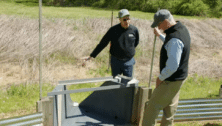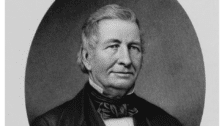Volunteers Protect White Clay Creek Headwaters by Planting 500 Trees
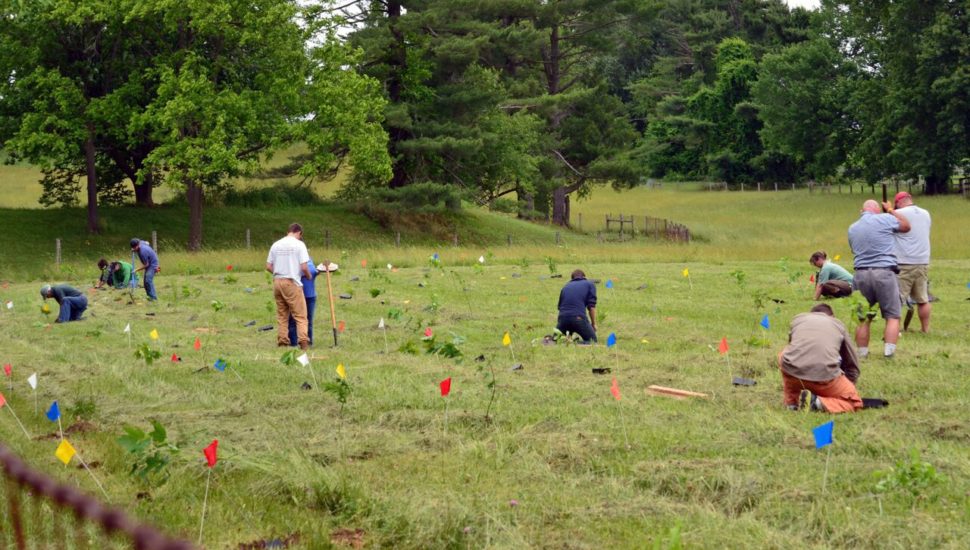
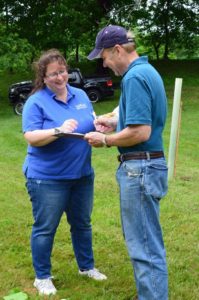
Kristine Lisi, development director at Stroud Water Research Center, based in Avondale, Pennsylvania, was delighted to learn that the nonprofit had received 500 tree saplings. But there was a catch. They had to be planted ASAP, otherwise they would probably die when summer’s heat set in.
Fortunately Lisi recalled a recent conversation with Hugh Lofting, founder and president of Hugh Lofting Timber Framing, based in Kennett Square, Pennsylvania, who told Lisi that he would like to help with any upcoming forest-buffer planting opportunities as part of his company’s corporate social responsibility.
Lisi knew she could also count–once again–on Dansko a footwear company headquartered in West Grove, Pennsylvania. Dansko co-founders Peter Kjellerup and Mandy Cabot have been generous friends of the Stroud Center. They, together with company employees, have volunteered to plant forest buffers for Stroud Center for more than a decade. Kjellerup also serves on Stroud Center’s board of directors.
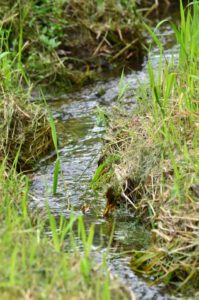
In total, more than 45 shovel-toting volunteers responded to the call to plant the trees.
“We have the trees and the volunteers to plant them, but now we need to find them a good home,” Lisi said to Stroud Center Director Bernard W. Sweeney, Ph.D., who knew exactly where he wanted those trees to go.
He called Cathie and Michael Ledyard, on whose West Grove farm the headwaters of the White Clay Creek trickles out of the ground. The Ledyards happily agreed to have the trees planted on their property.
The White Clay Creek is the first, and only, creek in the United States on the National Wild and Scenic Rivers System that is so designated along the entire length of its watershed, instead of just a section.
Planting forest buffers is a key component of Stroud Water Research Center’s Watershed Restoration Group that helps farmers and landowners get state and federal grants that offset the costs of making improvements and keeping the land in its natural state.
Streamside forest buffers protect water quality and help maintain a stream’s natural structure and wildlife habitat. Last year Sweeney, together with Stroud Center colleague Denis Newbold, Ph.D., had a study published in the “Journal of Freshwater Science” that concluded forest buffers should be at least 100 feet wide on both sides to adequately protect freshwater ecosystems from human activities.
“Most pollutants enter river systems in streams that are narrow enough to jump across, so it’s vitally important that we protect their function,” said Sweeney.
On June 4 the volunteers planted, staked and installed tree shelters on 500 trees on the Ledyard farm. To everyone’s amazement, the work was completed within two hours–a new record-for Stroud Center.
It’s no surprise that both Dansko and Hugh Lofting Timber Framing are certified B Corporations, certified to meet rigorous standards of social and environmental performance, accountability and transparency by the nonprofit B Lab, headquartered in Wayne, Pennsylvania.
Now the stream, and the trees, will live happily—and healthfully—ever after.
Connect With Your Community
Subscribe to stay informed!
"*" indicates required fields
















![95000-1023_ACJ_BannerAd[1]](https://vista.today/wp-content/uploads/2023/03/95000-1023_ACJ_BannerAd1.jpg)






























